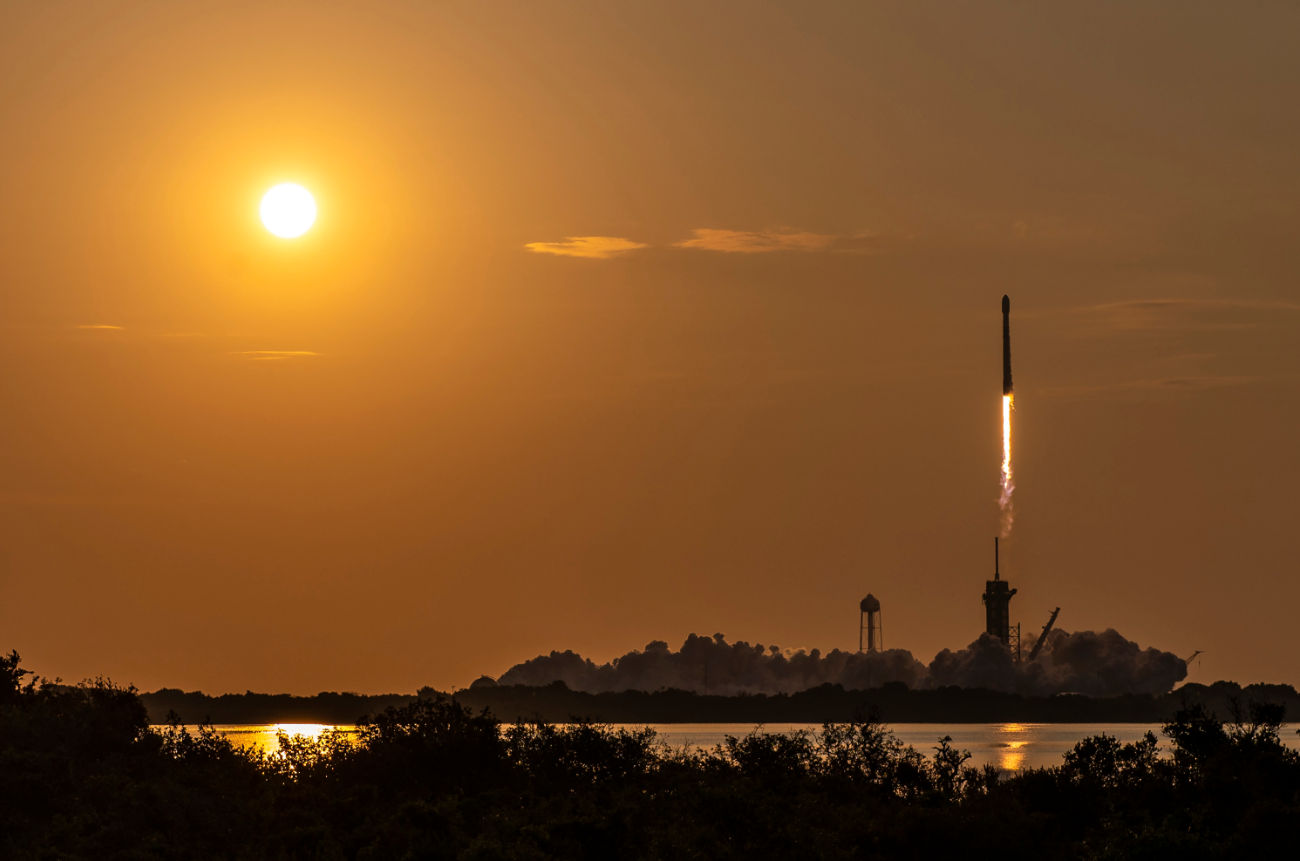For the first time since mid-2019, SpaceX’s Falcon Heavy, a towering, three-pronged vehicle that is the most potent operational rocket in the world, took to the skies on November 1. At 9:41 a.m. (local time), the mission launched from a launchpad at NASA’s Kennedy Space Center in Florida.
The USSF-44 mission, which is classified and marks the first operational national security mission for Falcon Heavy, is being carried by SpaceX’s rocket for the American Space Force. The Space Test Program-2 (STP-2) mission, which launched in June 2019, carried experimental satellites on a test flight for the Pentagon, and was its most recent prior launch.
Also Read| Elon Musk gets bargained down, offers to reduce Twitter verification cost to $8
In order to meet the Space Force’s high-performance requirement for this mission, the company only landed the side pair of the three rocket boosters—leaving the central core to fall into the ocean like traditional rockets—while keeping the base of the Falcon Heavy reusable. The company has only completed three Falcon Heavy launches since the rocket made its debut in February 2018, which is largely attributable to the readiness of its customers in relation to its schedule.
The USSF-44 mission was initially planned for late 2020
This USSF-44 mission was initially planned for late 2020, and two other Falcon Heavy missions, one for NASA and the other for the Space Force, are also currently awaiting customer payloads. For Falcon Heavy, there are still about a dozen missions on the backlog. With November 1 mission being the company’s record-breaking 50th launch of the year, SpaceX is still launching its Falcon series of rockets at a rapid rate. However, the company continues to work on the even bigger Starship rockets it hopes will eventually take their place.
Also Read| How White House and Democrats feel about Elon Musk’s Twitter takeover
There are two enormous rockets ready to overtake the Falcon Heavy as the most potent operational rocket in the world, despite its current dominance. The towering Vehicle Assembly Building at the Kennedy Space Center, which is only a few miles from the launch pad where the Falcon Heavy will lift off, is home to NASA’s Space Launch System, or SLS, rocket, which is currently scheduled to attempt its inaugural launch later in November to send the unmanned Artemis 1 mission around the moon.
SLS is anticipated to produce up to 8.8 million pounds of thrust, which would be 15% more than the five million pounds of thrust that the Falcon Heavy produces, which was used to power the mid-20th century moon landings.







